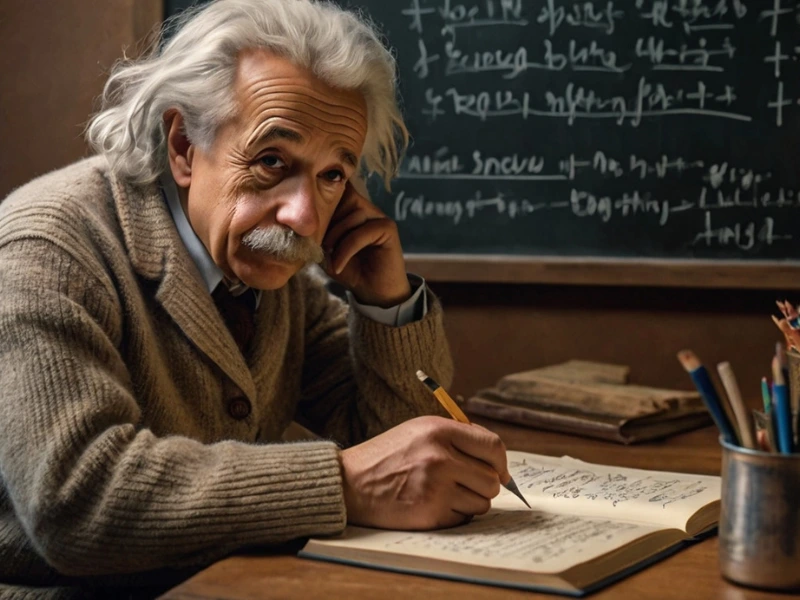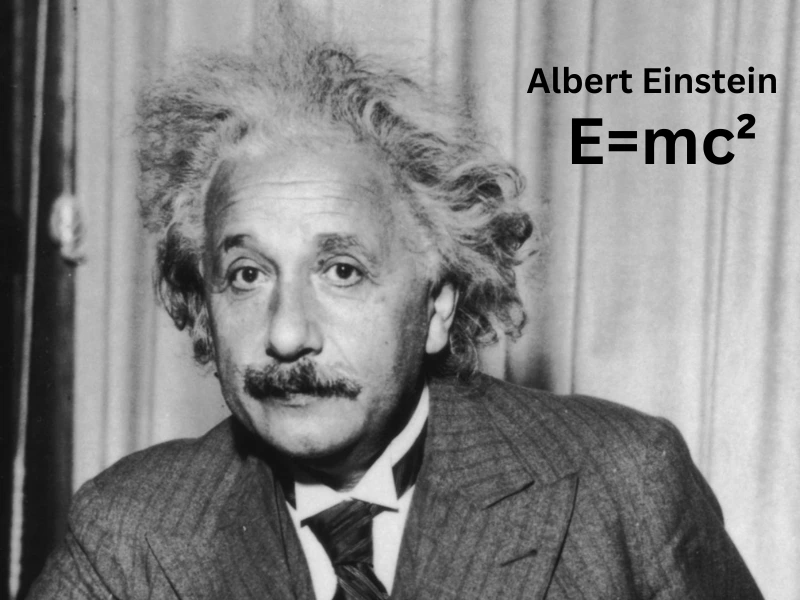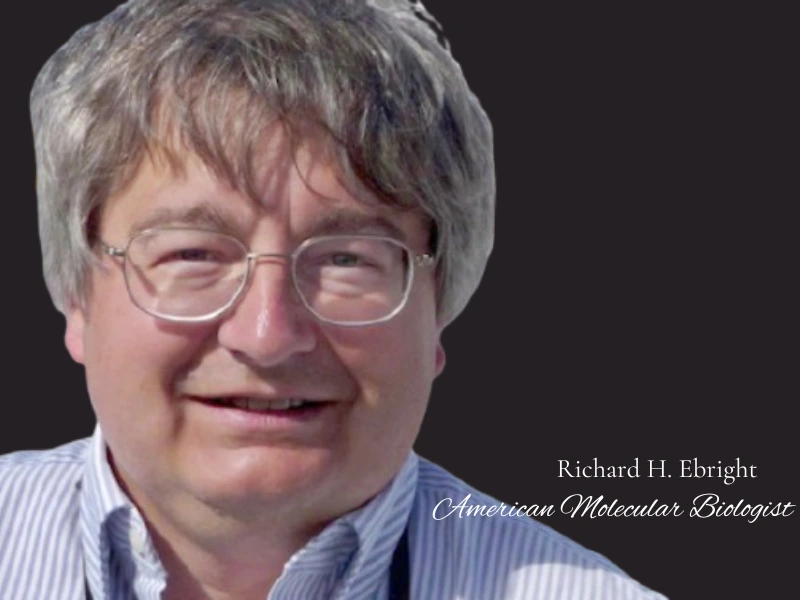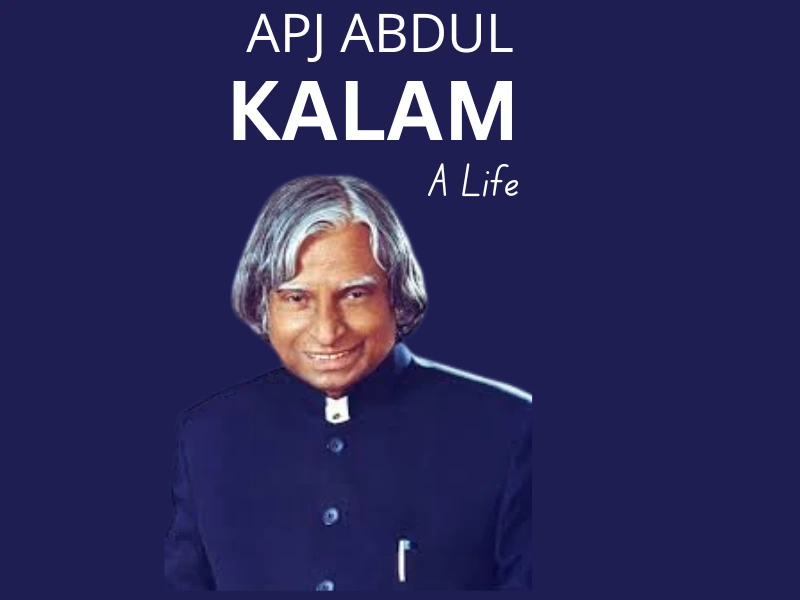Discover Albert Einstein’s genius: A Scientific Revolution that Changes Our Perceptions about Time, Space, and Energy through his Theoretical Physics and his theory of relativity Here you could learn about his astonishing work, like E=mc² and his Nobel Prize, and much more of his influence on science and modern physics.
Personal Information
| Born | 14 March 1879, Ulm, Kingdom of Württemberg, German Empire |
| Died | 18 April 1955 Princeton, New Jersey, US |
| Education | Federal polytechnic school (Dipl., 1900) |
| University of Zurich (PhD, 1905) | |
| Fields | Physics, philosophy |
| Known for | General relativity |
| Special relativity | |
| Photoelectric effect | |
| E=mc² (mass–energy equivalence) | |
| E=hf (Planck–Einstein relation) |
Early Life and Family Background
Albert Einstein was born into a middle-class Jewish family on March 14, 1879, in Ulm, Germany. His father, Hermann Einstein, was an engineer, and his mother, Pauline Einstein, managed the household. Early in life, Einstein appeared inquisitive about the world, but he was not initially regarded as a child prodigy.
Einstein’s Education
Struggles in School
Einstein detested the rigidity of school, especially while still a child. He did not find his place in the German educational system, which was quite basically memorization-oriented with little scope for creative thoughts. Of course, the interest in mathematics and science kept on growing despite all that.
Interest in Science and Mathematics
To be a scientist, he was also interested in science as early as when he was five years old, during which he received a compass and opened the curiosity to the forces that moved the needle. When he was young, perhaps a teenager, he started reading books about physics and math and soon found himself more knowledgeable than schoolteachers.
Moving to Switzerland
At the age of 15, he moved to Switzerland to fulfill his education. His study of physics was done at the Swiss Federal Polytechnic School in Zurich. That allowed him to get out of this rigidity of the German education system and pursue scientific inquiry further.
Einstein’s Early Career
Job at the Swiss Patent Office
After his college graduation, Einstein ran into difficulty getting a teaching position and finally came to an appointment at the Swiss Patent Office in Bern. He mostly spent his working days reading patents, but, by the real freedom provided during this time, he could focus seriously on his concerns about scientific problems, and most of his leisure time was spent on his own thoughts.
Development of Key Scientific Ideas
1905 was what some would call Einstein’s “miracle year.” It was the year he produced four papers that changed the course of physics. These were his Special Theory of Relativity, introducing E=mc² to the world and showing mass and energy as interchangeable with one another.
Einstein’s Theory of Relativity
Special Theory of Relativity (1905)
Now, it was time to redefine the concepts of space and time. Einstein said that physical laws are the same for all observers and the speed of light is constant for all observers irrespective of their state of motion.
General Theory of Relativity (1915)
By 1915, Einstein further extended his theory to include effects by gravity. In generalizing relativity, he managed to provide an outline of how heavy objects, as in the Earth’s planets, bent both space and time. In 1919, Einstein’s theory was confirmed to be correct through an eclipse of the sun. He then became an international celebrity.
E=mc² and Its Importance
Most of the world’s best-known formulas are assigned to Einstein, one of which is E=mc², showing that energy (E) equals mass (m) times the speed of light squared (c²). This meant that even small portions of mass could theoretically be turned into large portions of energy, meaning the way to nuclear power and weapons was hereby opened.
Einstein’s Nobel Prize in Physics
In 1921 Einstein received the Nobel Prize in Physics for his account of the photoelectric effect. He had described how light particles called photons can eject electrons from the surface of a metal, and this constituted one of the milestone developments in the understanding of quantum theory.
Life in Germany and Emigration to the United States
Rising Fame and Political Troubles
By the early 1920s, Einstein was probably the best-known scientist in the world. As a Jewish intellectual, however, he had already been under increasing hostility in Germany with growing Nazi Party influence. He left for the United States in 1933.
Move to Princeton University
Einstein received an employment offer from the Institute for Advanced Study in Princeton, New Jersey. There, he spent his remaining years of life. In the U.S., Einstein came to be the prolific advocate for peace, democracy, and civil rights.
Also read Sir Isaac Newton Biography
Einstein’s Role in World War II
Letter to President Roosevelt
Though Einstein was a pacifist, he knew an atomic bomb developed by Nazi Germany would spell intense danger. Therefore, he joined other prominent scientists to write a letter to President Franklin D. Roosevelt in 1939 that argued the U.S. should begin researching atomic energy. This letter helped spur the Manhattan Project.
The Manhattan Project
Though Einstein did not work directly on the Manhattan Project, his work made on relativity and atomic energy much before indirectly influenced the development of the atomic bomb. He pleaded after the war that nuclear technology should be used only for peaceful purposes.
Einstein’s Later Years
During his later years, Einstein worked extensively and significantly on his unified field theory. He did all this, yet remained never proud of himself with a huge fame invested upon him. He deepened further into social causes. Einstein championed peace and fought against nuclear weapons.
Personal Life of Albert Einstein
Einstein was married twice and had three children. He was sometimes portrayed before the public as a genius, but private life was not perfect. His obsession with science would sometimes make him keep people at a distance, particularly at home. However, he remained friendly to his sister, Maja, up until death.
Einstein’s Contributions to Modern Science
Einstein made groundbreaking contributions to modern science, particularly in physics and cosmology:
Theory of Special Relativity (1905)
One of his most famous developments is his theory of special relativity wherein he proved the laws of physics to be the same for all nonaccelerating observers and presented speed of light constant for one observer in one frame of reference moving relative to another frame of reference. From this theory comes the famous E = mc² equation, showing that mass and energy are equivalent, thus was the foundation established for nuclear physics.

Photoelectric Effect (1905)
In yet another of 1905 papers, Einstein explained the photoelectric effect showing light can be conceived both as a wave and as a particle called photon. That established quantum theory, and in 1921 he received the Nobel Prize in Physics; it opened the doors for an understanding of quantum mechanics.
General Theory of Relativity (1915)
He published the general theory of relativity, which redefined gravity. He no longer saw it as a force but the curvature of space and time due to mass-energy, but instead of that, it stated phenomena such as gravitational lensing, bending of light. His theory predicted all those phenomena and was actually confirmed during the solar eclipse in 1919. It proved to be very critical in the study of black holes and cosmology.
Brownian Motion (1905)
Einstein’s work on Brownian motion provided an empirical basis to atoms and molecules and eventually promoted atomic theory of matter. He mathematically demonstrated the random movement of suspended particles in a fluid, which explained what was referred to as Brownian motion.
Cosmological Constant and Expansion of the Universe
When discovered that the universe is expanding, Einstein’s cosmological constant did unlock the door to modern cosmology; although introduced as a stabilizer of the universe, the cosmological constant has now become synonymous with this mysterious dark energy driving the accelerated expansion of the universe, an attribute that its author, Einstein, once branded as his “biggest blunder“.
Bose-Einstein Condensate (1924-1925)
Work with Indian physicist Satyendra Nath Bose led Einstein to predict a state of matter: now known as the Bose-Einstein condensate. There, particles coalesce into a single quantum state at very low temperatures. It was this discovery that pointed the way forward for progress in quantum physics.
Impact on Quantum Mechanics and Uncertainty
Although Einstein had bad feelings about quantum mechanics, especially in its probabilistic nature (he famously declared, “God does not play dice”), his work, along with Podolsky and Rosen, on the EPR paradox made serious challenge upon the completeness of quantum mechanics and was a stepping stone for other developments in quantum entanglement.
Albert Einstein’s most famous quotes
“Life is like riding a bicycle. To keep your balance, you must keep moving.”
“The important thing is not to stop questioning. Curiosity has its own reason for existence.”
“Weakness of attitude becomes weakness of character.”
“Imagination is more important than knowledge. For knowledge is limited, whereas imagination embraces the entire world.”
“Two things are infinite: the universe and human stupidity; and I’m not sure about the universe.”
List of awards and honors received by Albert Einstein
Albert Einstein, one of the most influential physicists in history, received numerous prestigious awards during his lifetime, reflecting his groundbreaking contributions to science:
- Member of the Royal Netherlands Academy of Arts and Sciences (1920)
Honored for his scientific contributions. - Nobel Prize in Physics (1921)
Awarded for his explanation of the photoelectric effect, a key development in quantum theory. - Foreign Member of the Royal Society (1921)
One of the highest scientific honors in the UK, recognizing Einstein’s work on relativity and quantum theory. - Copley Medal (1925)
Presented by the Royal Society for his contributions to theoretical physics. - Max Planck Medal (1929)
Recognized his exceptional achievements in theoretical physics, awarded by the German Physical Society. - Franklin Medal (1935)
Given for his work on general relativity and quantum mechanics by the Franklin Institute. - Time Magazine Person of the Century (1999)
Honored for his cultural and scientific impact in the 20th century.
Conclusion: Legacy of Albert Einstein
Albert Einstein turned the world of science upside down. With his theories of relativity, quantum physics, and his famous equation E=mc², he has gently torn away much of our simplistic thinking about space. But far beyond his contribution to science, millions are motivated by his commitment to peace, humanity, and free intellectual exploration.
FAQs
What is Albert Einstein famous for?
Albert Einstein is famous for developing the theory of relativity, particularly the equation E=mc², which revolutionized modern physics.
What was Einstein’s IQ?
Albert Einstein’s exact IQ is unknown, but it is often estimated to have been between 160 and 180 based on his intellectual achievements.
What are 5 facts about Albert Einstein?
1. He won the Nobel Prize in Physics in 1921.
2. Einstein’s brain was preserved for scientific study after his death.
3. He was offered the presidency of Israel in 1952 but declined.
4. Einstein had a lifelong passion for music and played the violin.
5. He worked as a patent clerk before becoming a famous physicist
What did Albert Einstein say before he died?
Einstein’s last words were in German, but they went unrecorded because the nurse present did not understand the language.



